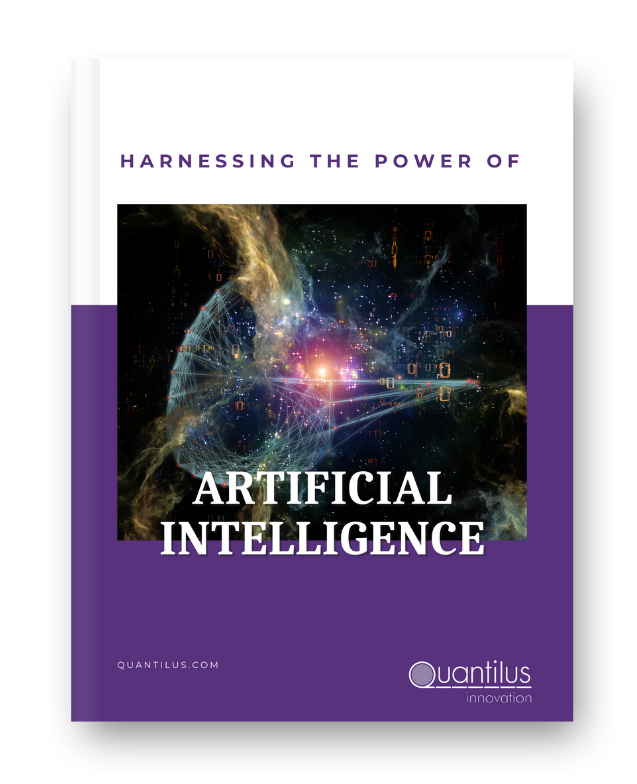

Even if you do not realize it, you probably interact with several pieces of software daily. This could be from checking apps on your smartphone, playing a computer game, using social media, and having a video conference call. So how does all this software get developed, and what are the different kinds? Keep reading to find out.
Simply put, software development refers to the entire process of designing and creating software that’s intended to perform tasks. The steps involved in this process comprise what is known as a software development life cycle. An overarching view of the software development life cycle includes the following steps:
1) Application Software: Most software used by everyday users fall under this category, and they frequently run on desktop and mobile devices. Everyday examples are Skype, Facebook, Safari, Google Workspace, and Microsoft office.
Application software can be native (developed to run on a single operating system) or hybrid (usually apps that can run on multiple platforms like Android and iOS). Hybrid software is designed to look native but can integrate with various hardware and software specifications.
Application Software is generally one of two types; general purpose or custom made. The former is software created to regularly serve a considerably large number of people. It tends to be easy to access and navigate and is relatively inexpensive. The latter is meant to cater to specific and narrow requirements, often accessed by a limited number of users. As an example, think of software developed to serve the employees of a single company.
2) System Software: This refers to many software types designed to initiate and operate device hardware so that application software can run on it. Think of it as the mediator that allows a smooth collaboration between the hardware and what makes it usable.
System software can be cataloged into a few types including, operating system (OS), utility software, middleware, and embedded software. There are more types, but these are the most commonly used and developed.
3) Programming Software: Allows software development companies and developers to create other software, such as websites and apps. Typical examples are version control systems, compilers, debuggers, containers, automation frameworks, and integrated development environments (IDE). Programming software translates source code into directives that a computer or device can understand.
Some developers/testers/experts assert that programming software is a sub-category of system software. While many valid points support this notion, it is to understand their differences by dividing them into two categories. Remember that programming software may need system software to run, but not vice-versa. An OS is required to run an IDE or access GitHub for the most part.
Software is created and used for various purposes, which is why there are different types of software produced. Furthermore, identifying the goals of the intended software will reveal which type should be developed. Lastly, when developing software, teams follow the software development life cycle. This process illuminates a project’s goals, keeps it on track while providing direction, and ensures the final product is as successful as possible.
Are you looking for a software developer? Quantilus can help. Contact us today at info@quantilus.com, and we can set up a time to discuss your vision and goals for the project.


Need help navigating your AI journey?
Download our eBook for insights and tips to ease your way into adopting AI for your business – the smart and practical way!
Need help navigating your AI journey?
Download our eBook for insights and tips to ease your way into adopting AI for your business – the smart and practical way!